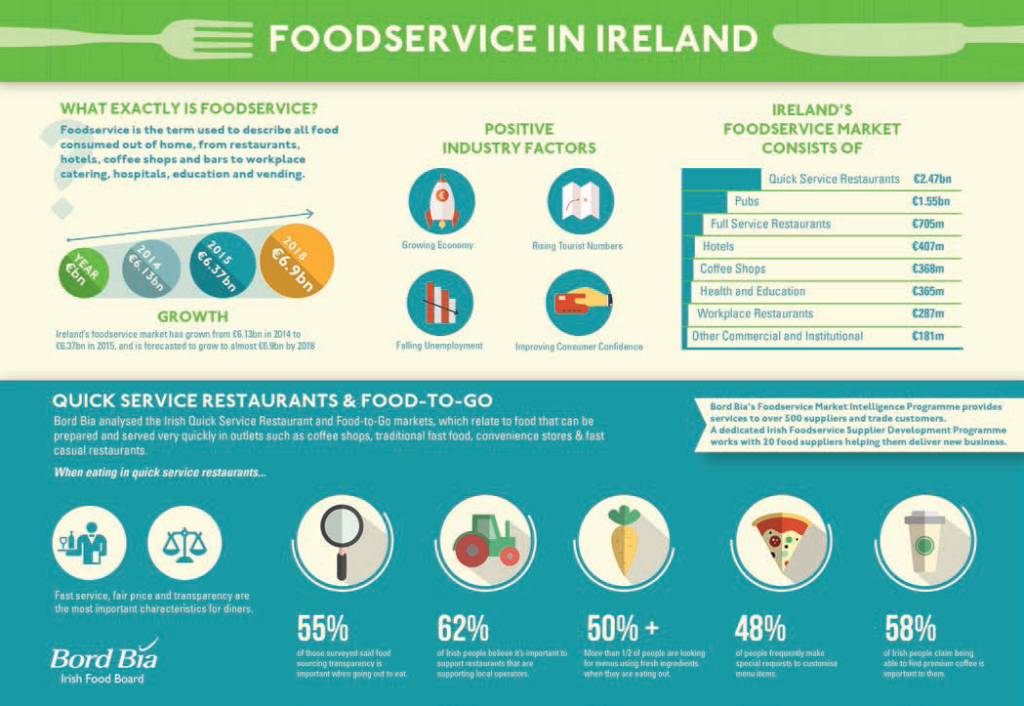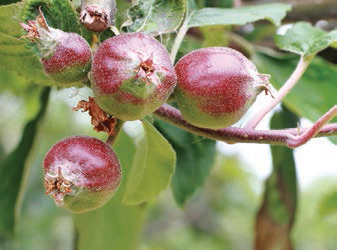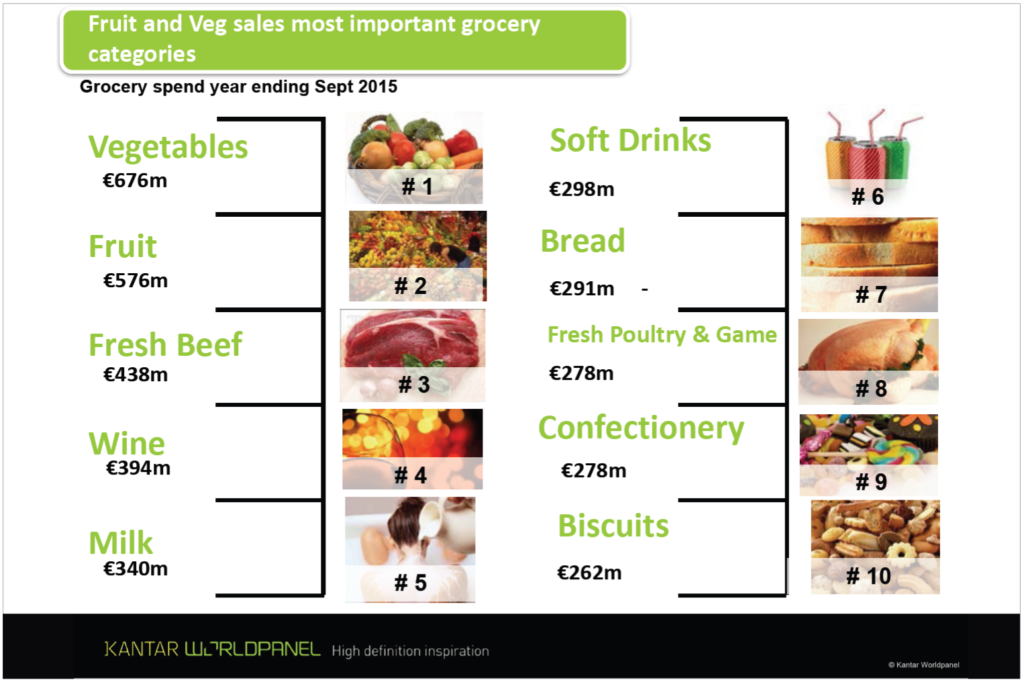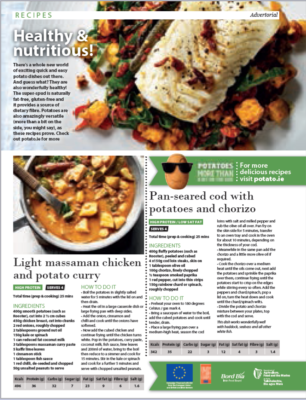|
BORD BIA GRANT ASSISTANCE PROGRAMME 2016Applications are now open for Bord Bia’s Marketing Assistance Programme 2016 (MAP) and Step Change Programme 2016 (SCP). What is the Marketing Assistance Programme?Through the Marketing Assistance Programme (MAP), Bord Bia provides financial support to food, drink and horticulture companies, to help them improve their marketing techniques and capabilities while maintaining the highest standards of quality and hygiene. Want to know more about the Step Change Programme?Under the Step Change Programme (SCP), Bord Bia assists companies in funding a major new project which will involve a substantial step change or departure for the company. For example: Product launch on a new export market / establishing a new route to the market/launch of a new brand or a new product range, etc. The MAP is open to food, drink and horticulture (edible and amenity) producers with a turnover greater than €100,000 and less than €3.5 million in the year of application, while the Step Change Programme (SCP) is open to companies with a turnover between €100,000 and €5m. Eligible ActivitiesMAP: Companies can apply for funding across a wide range of marketing activities The principal areas for which support is available, under both programmes, are those costs relating to: 1. Trade Fairs and Exhibitions Trade Fairs and Exhibitions:● Space rental, stand construction, installation of services, telephone connection Marketing, Design and New Product Development:● Market Research Visits: Economy airfare, public transport, car hire and subsistence (set rate of €200 expenditure, per person per night) Quality Measures:● Quality research and quality training – including airfare and subsistence If you would like to discuss the Grants programmes please contact: Carol Marks – Amenity Horticulture or Lorcan Bourke/Michael Slawski – Horticulture Food Crops. The closing date for receipt of applications for both MAP and SCP is Friday 22 January 2016. Full details are available here: www.bordbiavantage.ie/business-development/map-step-change-fund. ✽ |
  FOODSERVICE MARKET GROWINGBord Bia recently published a report on the Irish foodservice sector. The foodservice market has grown from €6.13bn in 2014 to €6.37bn in 2015, and is forecasted to grow to almost €6.9bn by 2018. Foodservice or “out of home food market” is the term used to describe all food consumed out of home, from restaurants, hotels, coffee shops and bars to workplace catering, hospitals, education and vending. This market has benefited from the wider growth in the economy, rising confidence amongst Irish consumers, a strong international and domestic tourism market, a falling unemployment rate and the continuation of 9% VAT for hospitality. Quick Service Restaurants or Fast Food remains the largest Irish foodservice channel. Bord Bia’s Quick Service and Food-to-Go Insights Report reveals that this segment (which relates to food that can be prepared and served very quickly incorporating traditional fast food, fast casual and food-to-go), along with coffee shops and cafes now accounts for close to 50% of the total foodservice market and is valued at just under €3bn. The Fast Casual channel in Ireland is forecast to grow at three times the rate of overall market growth, driven by more robust consumer spending, a high degree of interest in the menu variety offered by operators and the ability for consumers to customise menu items. “Fast Casual” is the term used to describe outlets that provide quick service and counter service, but with higher price points, more innovative offerings and an enhanced overall eating experience compared to traditional fast food. Bord Bia has also recently published its 2015 Irish Foodservice Market Directory which includes detailed profiles of over 100 operators and wholesale distributors. It is aimed at providing companies with key background information on potential customers and advice on how to drive their foodservice business. For further information contact: maureen.gahan@bordbia.ie ✽ |
INVESTMENT AID SCHEME FOR THE COMMERCIAL HORTICULTURE SECTORThe Department of Agriculture, Food & Marine recently announced that the 2016 Scheme of Investment Aid for the Development of the Commercial Horticulture Sector is now open for applications. Support of €4.3m is being made available for the Scheme in 2016. The Scheme is open to all horticultural sectors – protected crops, nursery crops, field vegetables, soft fruit, apples, beekeeping and mushrooms and will provide grant aid, at a rate of 40% (50% in the case of qualifying young farmers), for approved capital investments undertaken by 30th September 2016. In certain limited cases, however, funding may be approved for investments that will be completed and claimed prior to 29th September 2017. The closing date for receipt of applications is 18th December 2015. Details of the Scheme and application forms can be obtained from Crop Policy, Production and Safety Division, Department of Agriculture, Food and the Marine, Administration Building, Backweston Campus, Young’s Cross, Celbridge, Co. Kildare, (01) 5058886 or at www.agriculture.gov.ie/farmingsectors/horticulture/horticultureschemes ✽ |











